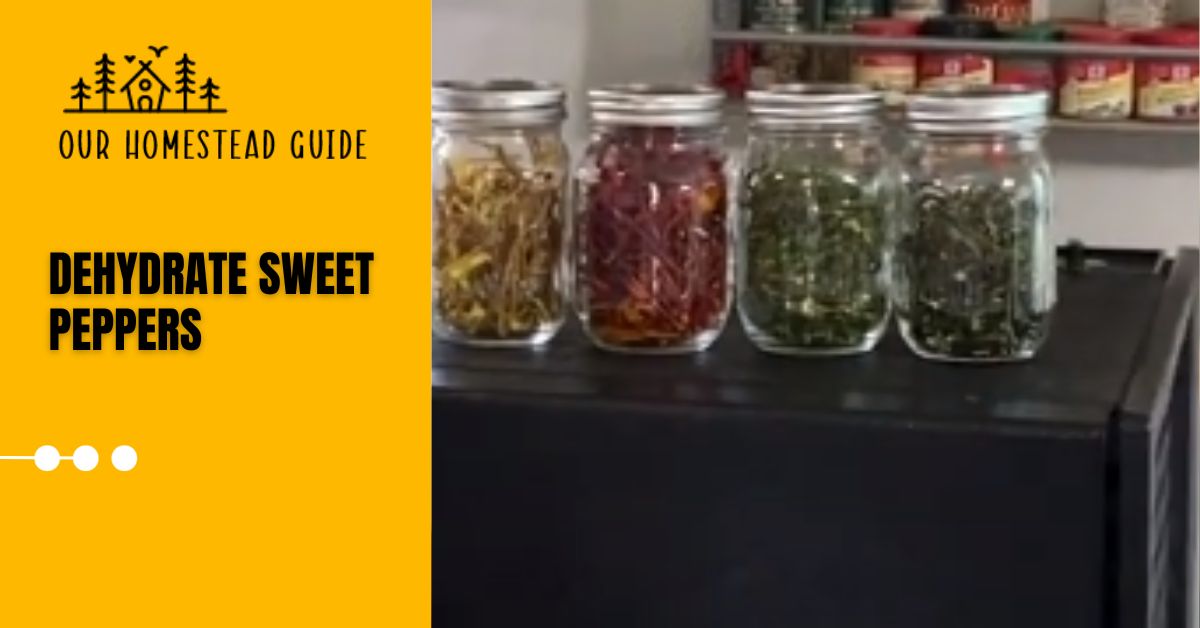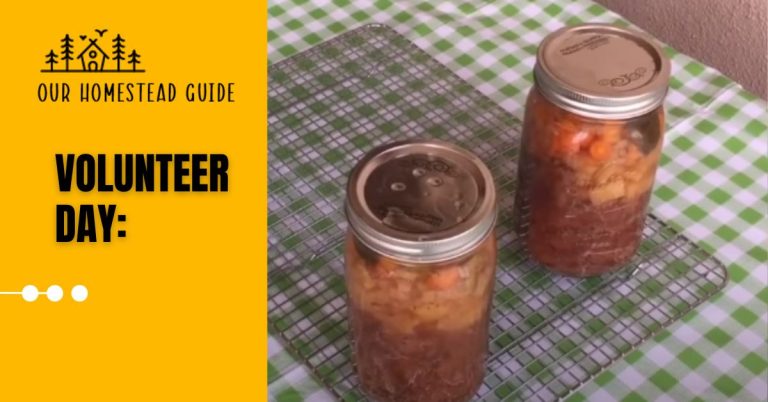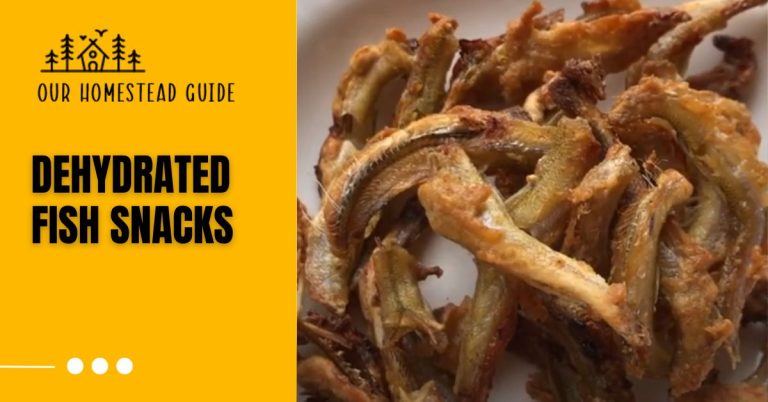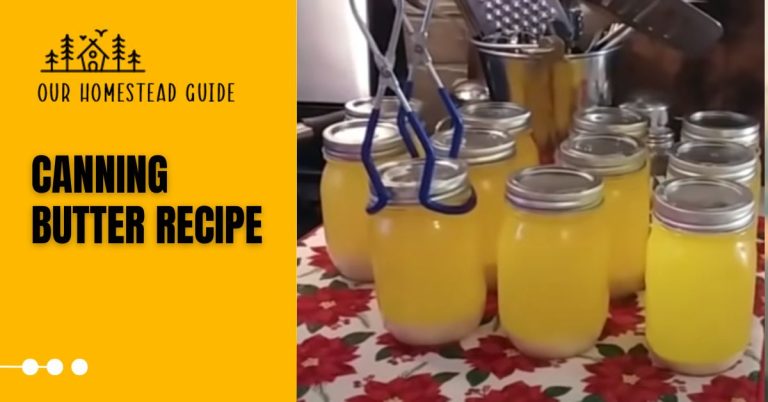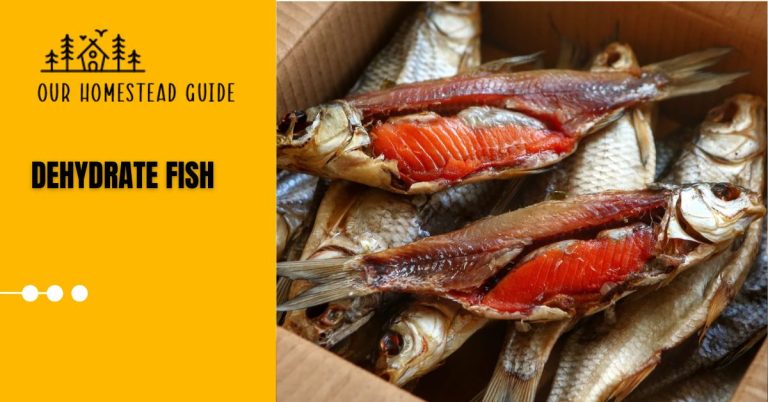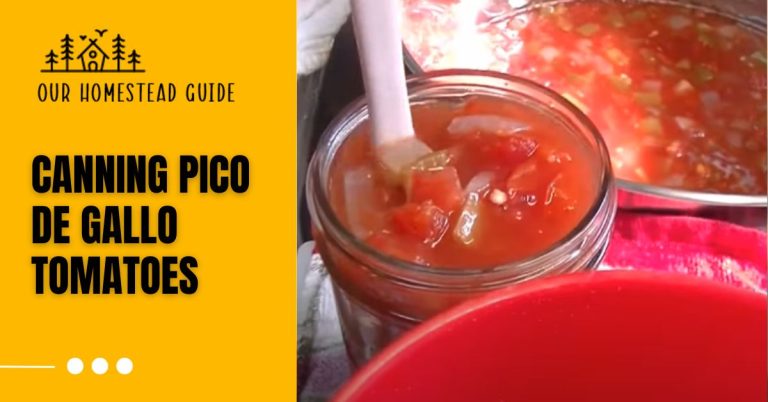How To Dehydrate Sweet Peppers: Easy steps
Dehydrate Sweet Peppers are a tasty complement to a variety of recipes, offering brilliant colors and a sweet, slightly acidic flavor. But did you know that dehydrating sweet peppers can help you improve your cooking even more? Dehydrating sweet peppers is a versatile technique that opens you a world of culinary options, whether you want to maintain their freshness or enhance their flavor.
We’ll lead you through the process of dehydrating sweet peppers step by step in this comprehensive guide. This essay covers everything from the fundamentals to pro tips and serving suggestions. Let’s get started!
1. Recipe
Ingredients:
- Sweet peppers (any color or variety you prefer)
Equipment:
- Dehydrator
- Knife
- Cutting board
2. Instructions
- Prepare the Sweet Peppers
- Wash and dry the sweet peppers.
Dehydrate Sweet Peppers Wash and dry the sweet peppers to ensure they are clean and ready to use. This procedure is necessary to keep their fresh, vivid flavor and texture in your dishes.
- Remove the stems, seeds, and membranes.
Dehydrate Sweet Peppers After washing and drying the sweet peppers, remove the stems, seeds, and membranes with care. This procedure not only improves the flavor of the peppers but also assures a smoother and more pleasing texture in your recipes.
- Slice the peppers into thin strips or rings.
Dehydrate Sweet Peppers After removing the stems, seeds, and membranes, slice the sweet peppers into thin strips or rings. This will give your culinary creations a pleasant crunch and brilliant color, making them both visually appealing and delectable.
2-Arrange on Dehydrator Trays
- Lay the pepper slices evenly on the dehydrator trays, ensuring they don’t overlap.
Arrange the pepper slices evenly on the dehydrator trays, taking care not to overlap them. This promotes even and effective drying, resulting in excellently preserved peppers for your future culinary excursions.
3.Set Temperature and Time
- Preheat your dehydrator to 125°F (52°C).
Dehydrate Sweet Peppers To begin the dehydration process, you must first prepare your dehydrator by preheating it to 125°F (52°C). This stage ensures that the dehydrator achieves the appropriate temperature for removing moisture from the ingredients you’ve chosen, whether they’re fruits, vegetables, herbs, or even meat.
By adjusting the dehydrator temperature to this level, you create an environment that encourages efficient drying while keeping the flavor and nutritional content of your foods. Dehydrate Sweet Peppers Once your dehydrator has achieved the correct temperature, you can begin the process of changing your ingredients into delicious, long-lasting snacks or ingredients for your culinary masterpieces.
- Place the trays in the dehydrator and set the timer for 8-12 hours.
Place the trays loaded with your prepared items into your dehydrator while it is preheated to 125°F (52°C). Make sure there is enough space between things for good air circulation and equal drying. Now is the time to start the dehydration process. Set the timer for an approximate duration of 8 to 12 hours, depending on the type of food and its moisture content.
Keep an eye on the progress throughout the procedure, since drying timeframes can vary depending on factors such as humidity and ingredient thickness. The ultimate product will be properly dried snacks or ingredients that you can eat right away or save for future cooking endeavors.
4-Check for Doneness
- After 8 hours, start checking for doneness. The peppers should be brittle and crisp, with no moisture left.
5-Cool and Store
After your dehydrator has finished drying the dried sweet peppers, allow them to cool to room temperature before storing or using them in recipes. This cooling phase aids in the prevention of condensation inside the storage container, which could result in moisture buildup and deterioration.
Dehydrate Sweet Peppers Once at room temperature, you can store them in an airtight container or use them as a tasty and adaptable element in your culinary creations.
Store them in an airtight container in a cool, dark place.
Store your dehydrated sweet peppers in an airtight container in a cool, dark place to keep them fresh and aromatic. This keeps moisture and air from interfering with the texture and flavor. It is also critical to protect them from heat and light in order to maintain their quality.
Dehydrate Sweet Peppers You’ll have a ready supply of dehydrated sweet peppers to boost your culinary creations if you follow these preservation rules.
3. Notes
- You can dehydrate sweet peppers of any color, including red, yellow, orange, and green.
Sweet peppers, whether red, yellow, orange, or green, can all be dehydrated successfully. This method of preservation allows you to extend their shelf life while preserving their brilliant colors and pleasant flavors. Dehydrated sweet peppers are a versatile and convenient component in a wide range of culinary creations, from soups to snacks, providing a blast of rich pepper flavor all year.
- Make sure your peppers are ripe and fresh for the best flavor and results.
When dehydrating peppers, make sure they are ripe and newly collected for the greatest flavor and effects. Ripe peppers not only have a sweeter and more intense flavor, but they also dehydrate more quickly, resulting in higher-quality dried peppers. Choose peppers at their peak of freshness before beginning the drying process to enjoy the greatest flavor in your culinary undertakings.
- Consider wearing gloves when handling hot peppers to avoid skin irritation.
When working with hot peppers, it’s a good idea to wear gloves to avoid skin irritation. Capsaicin, the ingredient responsible for hot peppers’ spiciness, can cause irritation or burning sensations if it comes into touch with your skin. When preparing these scorching components, wearing gloves acts as a protective barrier, resulting in a more pleasurable and pain-free cooking experience.
Dehydrate Sweet Peppers When working with hot peppers, it’s a good idea to wear gloves to avoid skin irritation. Capsaicin, the ingredient responsible for hot peppers’ spiciness, can cause irritation or burning sensations if it comes into touch with your skin. When making these scorching dishes, wearing gloves acts as a protective barrier, resulting in a more pleasurable and pain-free cooking experience.
4. Nutrition
Every 100-gram dose of dehydrated sweet peppers contains a strong nutritional punch. They’re loaded with vitamins, especially immune-boosting vitamin C and metabolism-boosting B vitamins like B6 and folate. These peppers also benefit digestive health due to their high fiber content and provide vital nutrients such as potassium and magnesium.
Dehydrated sweet peppers, with their brilliant color and rich flavor, are a nutritious and savory complement to your cuisine, as well as a convenient pantry staple.
5. Guide
Dehydrating sweet peppers is a simple process, but there are a few essential guidelines to keep in mind:
- Slice the peppers uniformly to ensure even drying.
Slicing the peppers uniformly is a crucial step in the dehydration process to ensure even drying. When the peppers are cut into consistent slices, it promotes uniform airflow and heat distribution in the dehydrator, preventing some pieces from becoming overly dry while others remain underdried. This attention to slicing ensures that you’ll achieve the best results and produce high-quality dehydrated sweet peppers for your culinary endeavors.
- Check your dehydrator’s manual for specific temperature and time settings.
It is critical to slice the peppers uniformly to achieve consistent and even drying outcomes. The uniformity of the pepper slices ensures balanced airflow and heat dispersion throughout the dehydrator. This prevents certain pieces from becoming over-dried while others remain under-dried, ensuring that all slices achieve the proper crispness and quality during the dehydration process.
- Store dehydrated sweet peppers in airtight containers to maintain freshness.
Dehydrate Sweet Peppers To maintain the freshness and quality of your dehydrated sweet peppers, store them in airtight containers. Airtight containers produce a sealed environment that protects the peppers from moisture and air exposure, which can lead to flavor and texture loss.
When stored properly in airtight containers, dehydrated sweet peppers may keep their vibrant flavor and crunch for an extended amount of time, making them a wonderful addition to your pantry for a variety of culinary uses.
6-Procedure
Step 1: Clean and Preparation
Cold water should be used to rinse the sweet peppers.
Remove the tops, remove the seeds, and slice into strips or rings.
Load the Dehydrator in Step 2
Place the pepper slices in a single layer on the dehydrator trays.
Step 3: Determine the Temperature
Preheat your dehydrator to 125 degrees Fahrenheit (52 degrees Celsius).
4th Step: Dehydrate
Set the timer for 8-12 hours and place the trays in the dehydrator.
Step 5: Check for Completion
After 8 hours, check the peppers for dryness. They should be crispy and devoid of moisture.
Step 6: Allow to cool before storing.
Before putting the dehydrated sweet peppers in sealed containers, allow them to cool fully.
7-Serving Ideas
Dehydrated sweet peppers are incredibly versatile. Here are some serving ideas:
- Toss them into salads for a crisp, delicious addition.
- Rehydrate them before using them in stir-fries or pasta dishes.
- To make a sweet pepper seasoning, grind them into a powder.
- Enjoy them on their own as a healthy snack.
8-Processing
Dehydrate Sweet Peppers in an Air Fryer
Sweet peppers can be dehydrated in an air fryer. Simply repeat the slicing and preparation stages, then set the air fryer to the lowest temperature and keep an eye on the peppers until they are dehydrated to your preference.
9-Dehydrate Sweet Peppers in the Oven
Dehydrate Sweet Peppers Place the sweet peppers on a baking pan and set the oven to its lowest setting (typically around 150°F or 65°C). Check on them regularly until they are completely dehydrated.
Sweet Peppers
Sweet peppers, sometimes referred to as bell peppers, capsicums, or just peppers, are a tasty and adaptable vegetables that are a mainstay in many different international cuisines. They may be eaten raw or cooked, and they’re a great source of vitamins and minerals.
Sweet pepper varieties:
There are many different hues of sweet peppers, such as red, yellow, orange, green, purple, and even chocolate. With red peppers being the sweetest and green peppers being the mildest, each hue of pepper has a somewhat distinct flavor profile.
crimson peppers: Red peppers, the most popular hue, have a taste that is sweet and slightly fruity. They provide a healthy amount of vitamin C.
Peppers, yellow: Yellow peppers have a moderate, somewhat acidic flavor and are slightly sweeter than green peppers. They are an excellent source of C and A vitamins.
Peppers in orange: Orange peppers taste rather citrusy, similar to red peppers. They are an excellent source of C and A vitamins.
Peppers, green: Green peppers are the least sweet of all the bell peppers; they taste rather vegetal. They provide a healthy amount of vitamin C.
Purple bell peppers: Purple peppers have a taste that is somewhat smokey and is rich in antioxidants called anthocyanins.
Peppers with chocolate: Chocolate peppers are a rare kind with a little chocolate flavor that is somewhat sweet. They are an excellent source of C and A vitamins.
Nutritional Benefits:
Sweet peppers are a good source of vitamins and minerals, including:
Vitamin C: This necessary vitamin promotes collagen formation and immune system function.
Vitamin A: This vitamin is necessary for immune system function, cell development, and eyesight.
Potassium: This mineral aids in controlling both muscular and blood pressure.
Fiber: This type of dietary fiber aids in satiety and digestive health.
Culinary Uses:
Sweet peppers are a versatile vegetable that can be enjoyed in a variety of ways. Here are some ideas:
Raw: Sweet peppers can be used in salads, sandwiches, and wraps or enjoyed raw as a nutritious snack.
Roasted: Stir-fries, pastas, and pizzas benefit from the smokey taste and soft texture that roasted sweet peppers bring to the table.
Stuffed: Rice, beans, cheese, or meat are just a few of the items that may be placed inside sweet peppers.
Grilled: Barbecued sweet peppers give food a delightful sear and a hint of sweetness.
Pickled: Pickled sweet peppers give salads, sandwiches, and dips a crisp texture and tangy flavor.
Health Benefits:
In addition to their nutritional value, sweet peppers have also been linked to several health benefits, including:
Lowering the risk of heart disease: Antioxidants, which can help prevent heart disease, are abundant in sweet peppers.
Increasing immune function: Sweet peppers’ vitamin C contributes to immune system support.
Encouraging eye health: Sweet peppers include vitamin A, which is crucial for eyesight.
Enhancing digestion: Sweet peppers’ fiber contributes to the health of the digestive system.
Most Frequently Asked Questions!
Q1: How do I choose the right sweet peppers for dehydration?
A1: Select sweet peppers that are firm, ripe, and imperfect-free. Green peppers can also be used, but red, yellow, and orange peppers tend to be sweeter when dehydrated.
Q2: Can I dehydrate sweet peppers in an oven?
A2: You can use an oven to dehydrate sweet peppers. Simply cut them into the necessary shapes, arrange them on baking trays, and slowly dehydrate them in your oven at the lowest temperature (often around 140°F or 60°C).
Q3: Do I need to blanch sweet peppers before dehydrating?
A3: Blanching sweet peppers before dehydrating is not required, but it can help maintain their flavor and color. Sliced peppers should be blanched for 1-2 minutes in boiling water, cooled in an ice bath, and then dried.
Q4: How thin should I slice sweet peppers for dehydration?
A4: Sweet peppers will dehydrate more quickly and evenly if they are cut into uniformly thin strips (approximately 1/4 inch wide).
Q5: What’s the ideal temperature for dehydrating sweet peppers?
A5: Around 135-145°F (57-63°C) is the suggested temperature for dehydrating sweet peppers. The peppers won’t be cooked by the low heat that will dry them out.
Q6: How long does it take to dehydrate sweet peppers?
A6: The thickness and humidity of the peppers, as well as other variables, might affect how long they take to dry. Usually, it takes between four and twelve hours. Test the flexibility and dryness of the peppers to see if they are cooked through.
Q7: What should dehydrated sweet peppers look and feel like when done?
A7: Sweet peppers that have been dried should be brittle, not malleable. They ought to be dry to the touch and snap cleanly when bent. They might appear a little wrinkled, but their color should be preserved.
Q8: How do I store dehydrated sweet peppers?
A8: To avoid moisture absorption, store dehydrated sweet peppers in airtight containers or vacuum-sealed bags. To preserve their quality, store them away from direct sunlight in a cool, dark environment.
Q9: What can I use dehydrated sweet peppers for?
A9: Sweet peppers that have been dried out can be used in a variety of recipes. Use them in soups, stews, omelets, spaghetti sauces, or as a crunchy snack after briefly rehydrating them in hot water.
Q10: Can I season sweet peppers before dehydrating them?
A10: You can add your own seasonings or spices to sweet peppers before drying them for flavor. Just remember that dehydration may cause the flavors to become stronger.
you may also like this article

